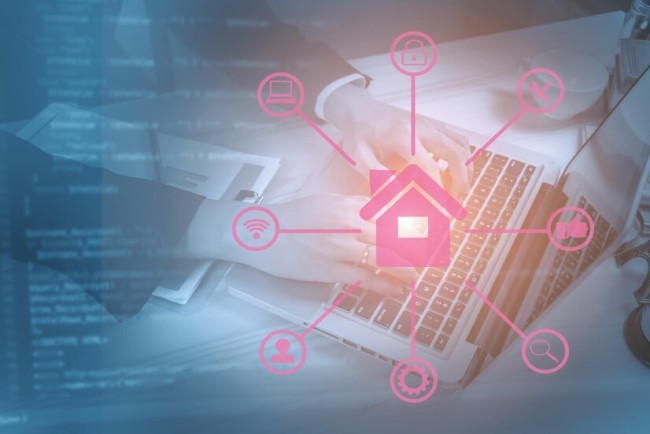
With security for your home network today, you protect personal data, safely guard electronic devices, and protect privacy. With a good amount of increasingly sophisticated hackers, it is equally important to keep up to date on best practices.
As identified by Adam McManus, a cybersecurity expert, proactive security will be the key that enables one to maintain safety in his or her home network. Here are some of the top strategies recommended by experts:
1. Change Default Login Credentials
One of the easiest things you can do to secure your network, but also one of the most important, is changing the default username and password on your router. This is typically not done by most and, therefore, your network becomes highly vulnerable against such kinds of attacks.
Usually, default settings are very simple to guess for hackers to get into your network. Instead, create a strong, unique password combining letters, numbers, and special characters.
2. Enable Network Encryption
Encryption scrambles data transmitted on your network into an unreadable format for observers on the outside. WPA3 encryption, says experts like Adam McManus, “is the latest and greatest in this department, an improvement over the WPA and WPA2 standards.” To do this, first log in to a router—usually at 192.168.1.1—and set it to the highest security setting available.
3. Firmware to Always Keep Up-to-Date
Many router firmware updates include security enhancements to defend against newly discovered threats. When a vulnerability is discovered, the manufacturer releases an update, but users rarely update their router on a recurrent basis.
Automated updates are best, but if this isn’t an option, set a reminder every few months to look for one.
4. Disable Remote Management
Most routers have something called “remote management” that lets you access settings from afar. While this might be sort of convenient, it’s a security risk. By turning off remote management, you make sure changes are done only when they’re connected to your network and lock out outsiders.
5. Guest Network
This password lets guests connect to the WiFi without giving them access to your main network. This can add a bit more security from your devices and data being compromised in case your guest has weak spots on their device.
Anyway, setting up a guest network is much more important when you have a set of IoT devices to isolate them from the primary network.
6. Install Firewall Protection
A firewall watches out for traffic that comes in and goes out and acts as a barrier against malicious activity. Some routers can have firewall features themselves, set up through settings for security.
Of course, operating your devices with a reputable software firewall adds another layer of security. This step is critical, as when it happens, a firewall is often the first line of defense.
7. Use of Devices: Limit
This helps in reducing the risk by limiting the devices that will be connected to your network. Most of the routers nowadays can filter by MAC addresses, where only the MAC addresses of devices approved by the user will be allowed on the network.
While there is some manual configuration required for this, it is considered one of the enhancements in network security that provides effectiveness and prevents unauthorized access.
8. Have Routine Checks of the Connected Devices
You may find unauthorized access by periodically looking at the devices connected to your network. Many routers have an interface that can be accessed to view all devices connected to a network.
According to Adam McManus, this is something you should do once a week; it may give you a pretty fast idea of whether there is something belonging to another person in usage.
9. Teach Your Family
Keeping a home network secure is really not a one-man task. Educate everybody in your household about safe online behavior, like how to spot phishing schemes and the use of secure passwords. All these tips will raise awareness for a safer environment for all, reducing the chances of falling prey to cyber threats.
Conclusion:
Home network security is not only a question of taking care of personal security, but it is an ongoing process. According to cybersecurity expert Adam McManus, one must be proactive.
Following these best practices will make your network secure and give you peace of mind, knowing that your data and devices are safe.

